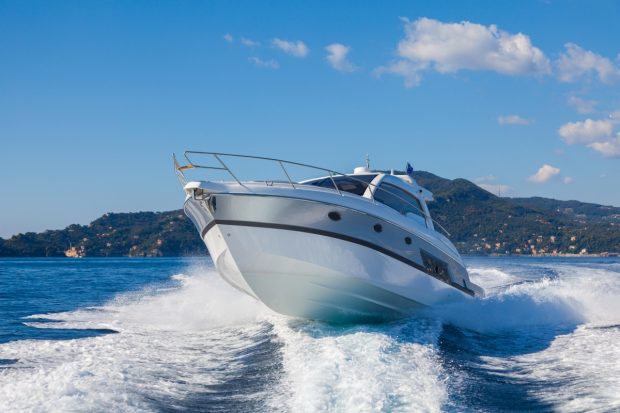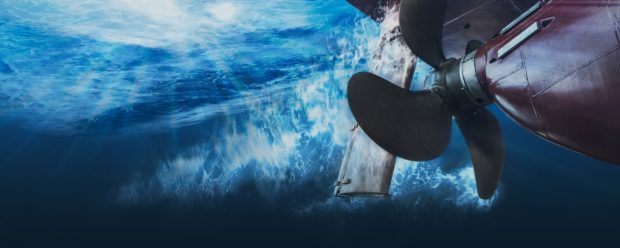Things To Consider When Buying Boat Propellers
Water sports are fun and you may even decide to buy a new boat or upgrade your old one to get the most out of your water escapades. In particular, various aspects of a boat’s propeller should be carefully examined when building or buying a boat. This is because propellers are responsible for the acceleration, speed, control, and durability of marine vehicles. You can check out www.getaprop.com for boat propellers created with the right features and quality.

To learn more about purchasing propellers, here are some of the things that you should know:
Pitch and Diameter
You must look at the basic dimensions of your boat’s propeller, namely the diameter and the pitch. The diameter and pitch require accurate measurements as they affect the performance of the propeller.
The diameter of a propeller is the whole size of the blade, measured by doubling the distance from the center to the tip of the blade. Propellers with a small diameter are suitable for boats with narrow engines or those that move fast. A large diameter propeller pushes a larger amount of water than one with a small diameter. Therefore, boats with larger propellers are more powerful.
Pitch refers to how far the boat moves after one revolution of the propeller. Propellers with higher pitch travel faster, covering a longer distance with every rotation. Low pitched propellers are more powerful yet slower.
Choosing the best propeller with the correct pitch can prevent damage. This is because if the pitch is too low, the full power of the engine can’t be absorbed. This may lead to engine strain. If the pitch is too high, it can cause lugging on the boat.
Quality and Properties of Material
When buying a boat, bronze, and nickel-bronze-aluminum-alloy propellers are usually included in the package. However, these materials may not be the best for you. If you’re planning to upgrade or replace your propeller, stainless steel and aluminum are the better options.
- Aluminum. Aluminum is a common material used in propellers because it doesn’t cost you much. Repairing this is also inexpensive. However, repaired aluminum is prone to metal fatigue that can make it lose its strength. Aluminum propellers are usually used for outboard applications and sterndrive.
- Stainless Steel. Because stainless steel has thinner and tougher blades and more advanced features, it performs better than aluminum. It’s more expensive than aluminum but there’s no doubt that it’s sturdier. Also, stainless steel propellers look brand new even after several repairs.
Three Vs. Four Blades
People often use three-bladed propellers if they prefer an all-around performance. Most people, especially those who use recreational boats, opt for three-bladed propellers as they’re the most useful.
Boats that are designed for watersports should use four-bladed propellers because such boats don’t need high-speed performance. Furthermore, four-bladed propellers work best on underpowered boats or those that are difficult to get on planes.
The number of blades plays a significant role in the performance of the propeller. So, you must ensure that you choose what suits your boat the best.
Know the Your Boat’s Purpose
Determining how you’re going to use the boat can help you decide what propeller is the most suitable for your boat. You should decide how far you’re going to go every time you use the boat. You should also consider whether you’ll be trying high-speed activities.
For instance, if you’re living near Niagara Falls, you must choose a boat based on the local conditions. If you’re riding in a high-altitude area, low pitch propellers will work the best. It’s because there can a reduction in the power of the engine. With the help of an appropriate propeller, you can ensure that the boat’s acceleration and pulling power remain as per the requirements.

Blade Designs
The design of the blades also plays an important role as it can change the functionality of your sailboat. You can choose between the following two designs.
- Cup. The cup has a lip located on the edge of the blades. That’s why it’s called the cup design. This type of blade increases the spaces between the blades and lessens the chance of ventilation and slippage problems. Also, they can develop the pitch size, which helps in providing power while diminishing the speed of the engine.
- Rake. It has an angle between the blade and the hub. It has two forms. One is flat and stays the same. The other is progressive and increases when it gets near the tip of the propeller’s blade. The rake angle serves as an indication of how high the bow ascends. However, high rake angles can strain the engine, which decreases the performance of the boat.
Takeaways
Although there are numerous options available in the market, you must do your research before purchasing a boat propeller. Always consider the pitch, diameter, material, number of blades, and the blades’ design. Remember the purpose of your boat to ensure that you get the most suitable high-quality propeller to enhance your boating experience.
